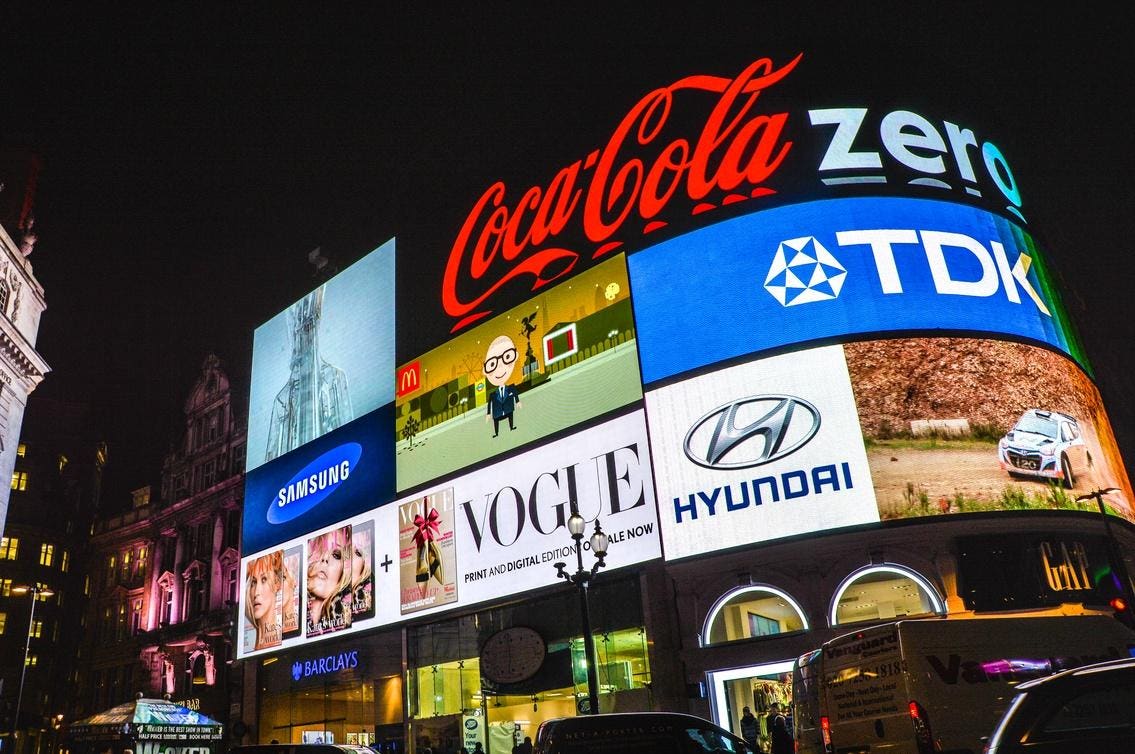If you talk to CEOs of consumer-facing brands, one thing they tell you, or at least they tell me, is how they plan to keep selling to their existing customers even as the customers age.
Continuing to sell to the same consumer as they age and experience new life stages is enormously impactful on the economics of a brand. If it’s done right, an established brand can spend less on marketing once it’s well known. Loyalty programs meant to give discounts and free products in the form of points get emphasized to boost the spending of customers who have started to buy less.
But keeping customers through the stages of their lives may not be as simple as it sounds. A new study by information website Merchant Machine shows how consumers’ tastes in brands change as they age. Merchant Machine looked at brands in fashion, beauty, furniture and sportswear. Then it calculated the percentage of a site’s visitors belonging to each age group and ranked the top brands by what percent of the total group they attract.
The graphic below is a visual representation of what Merchant Machine found.
Consumers change brands as they get older and don’t remain loyal the way brands hope.
The charts show that in furniture for example, consumers go from not buying furniture when they’re younger, to Rooms-To-Go in their 30s and 40s to Bassett Furniture, Pier 1 and others in their 50s and 60s. Maybe Rooms-To-Go would disagree but it seems reasonable that it would be almost impossible for Rooms-To-Go to keep the focus consumers have in their 30s into their older ages.
It’s not just furniture. In beauty, the charts indicate that consumers go from Pat McGrath in their 20s to Ipsy in their 30s and 40s to IT Cosmetics in their 50s and Olay in their 60s. Most likely, no matter how hard these brands might try to keep their consumers as customers as they age, it is nearly impossible.
You may disagree about which brands consumers in those age groups are focused on but the point made by the charts is that consumers move through brands as they age and there’s precious little a brand can do to stop it.
This has two implications for strategy and how brands think about their customers:
1. Marketing spend can’t go as low as companies often plan for because a business needs to constantly attract new consumers as older ones age out.
2. Loyalty plans are not as effective as they appear. You can keep consumers for a while with discounts but there’s only so much a loyalty program can accomplish. Once a consumer has moved on in their head, points are unlikely to get them back.
Both factors impact how a brand allocates resources and who its marketing targets should be. It is often futile to spend resources on consumers who are no longer in the target-rich demographic group. Those resources can often be better used focusing on new entrants into the demographic and attracting them to the brand.
What we’ve seen in our mergers and acquisitions business is that many brands, and especially direct-to-consumer brands, have a type of consumer, a specific demographic that is likelier to be a superfan. Those superfans need less messaging, buy more product than others, come back more often, and tell their friends about the brand.
When marketing resources are devoted to consumers in the superfan profile, it is highly effective. The consumer is at a point in their life where the message resonates. But when consumers move on, money is better spent finding new superfans than chasing after erstwhile ones.
The idea that consumers won’t always be customers of a brand is hard for brands to acknowledge because it means their potential is limited. Brands don’t like that but it’s true and it’s more true as time goes on.
Consumers now are increasingly choosing brands because of personal values. Things like brands’ attitudes towards social issues, the environment, local production, paying living wages and so many other things that aren’t intrinsic to the product are influencing consumers’ purchases.
It’s likely that brands will become more niche-y as they cater more and more to specialized interests. But as their overall market gets more focused and smaller, the loyalty from consumers in their niche is greater. That greater loyalty means consumers will pay a higher price and less marketing spend is required to get it. That means more bottom line.
There are almost no brands that can be everything to everybody. Some brands can sell to an extremely wide range of demographics but most brands can’t. When brands acknowledge that consumers change and come and go in and out of their target market, they can focus more on consumers that can be superfans, at least for a time.
That acknowledgement can mean growth and profitability while avoiding big discounts and heavy marketing spend. It takes discipline and a recognition that consumers come in and out of a brand’s target market over time and almost no brand remains attractive to all consumers through their lifetime.
